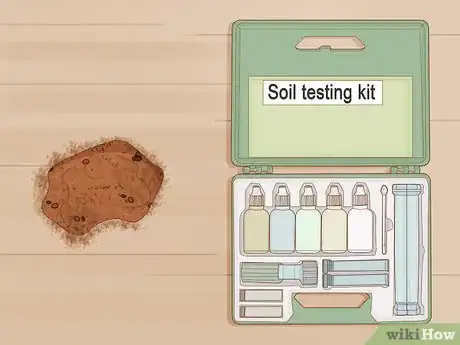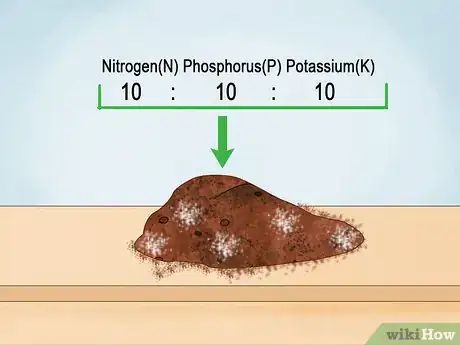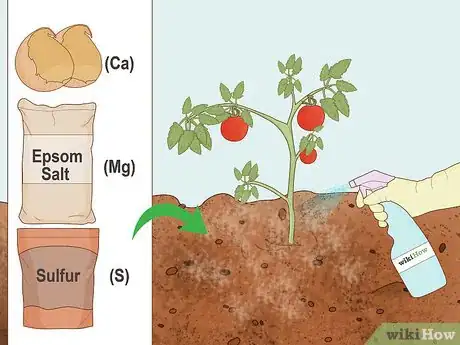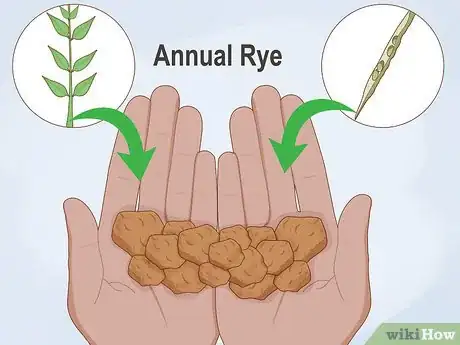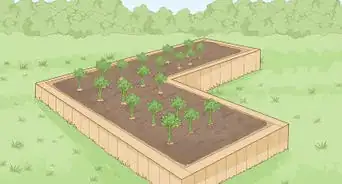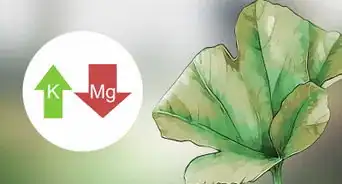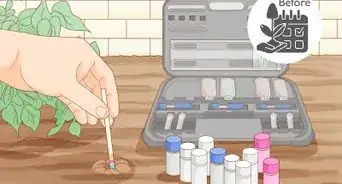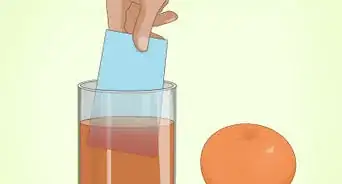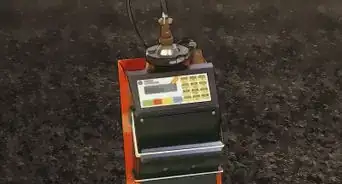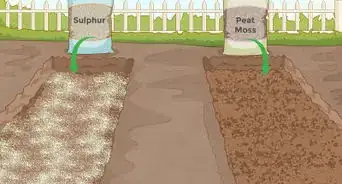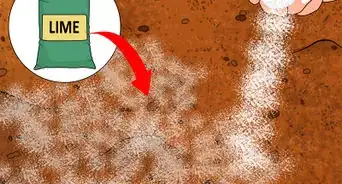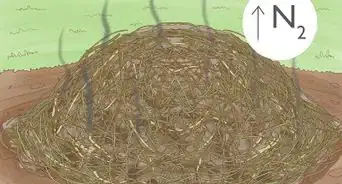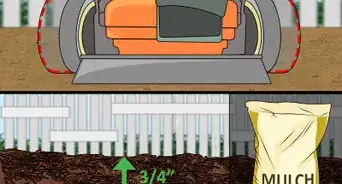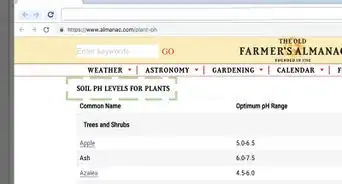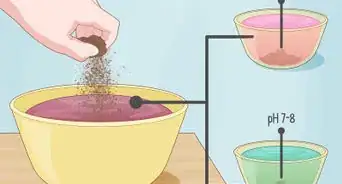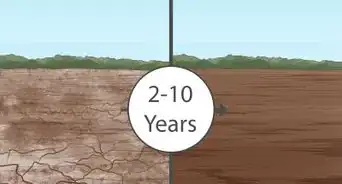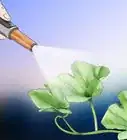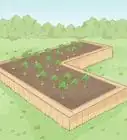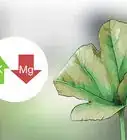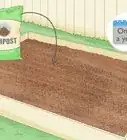X
wikiHow is a “wiki,” similar to Wikipedia, which means that many of our articles are co-written by multiple authors. To create this article, 14 people, some anonymous, worked to edit and improve it over time.
This article has been viewed 118,939 times.
Learn more...
Clay soil is great for making bricks, but it's not so good for growing plants. So here are some ideas on what you can do to improve the condition of your clay soil.
Steps
-
1Get your soil tested. Check with your local extension office (listed under government in the phone book) for a soil testing kit. Follow the directions on the kit, and ship it to the state lab. This is a low-cost method to give you detailed information on what components are needed to improve your soil.[1]
-
2Add the suggested amendments to your soil. Those amendments are normally found in fertilizer. The side of the bag lists a ratio such as "10-10-10" that identifies the relative amounts of NPK found in the bag (that's nitrogen (N), phosphorus (P), and potassium (K)). If you are an organic gardener, use organic fertilizers in your garden, as well as compost.[2]Advertisement
-
3Clay soil may also need some secondary macronutrients, such as calcium (Ca), sulfur (S), and magnesium (Mg). These nutrients can be side dressed on your plants as needed.[3]
- Purchase sulfur at your local nursery.
- Calcium can be found in eggshells. Just crush them up and sprinkle them around your plants.
- Epsom salts contains magnesium. Make a mixture of 1 tablespoon of Epsom salts to 1 US-quart (950 ml) of warm water, mix well and spray your plants with the mixture. Tomatoes and peppers especially like the mixture. It will encourage those plants to set blossom more quickly.
-
4Consider using a winter cover crop such as annual rye or any legume. For particularly heavy clay soil, hairy vetch is an excellent choice. It has an extensive root system which helps to break up the clay and provides valuable nutrients when turned under.
-
5When starting new beds, consider using the "lasagna" method to prepare the soil. Lasagna gardening is a no-till method for preparing soil and it helps to break down clay soil. This method uses layers of material, such as shredded black-and-white newspaper, compost, and coir. You build multiple layers as deep as possible and allow them to break down over time. There is detailed information on this subject to be found online. Some additional items you can add to your lasagna beds:[4]
- Grass clippings
- Leaves
- Fruit and vegetable scraps
- Coffee grounds
- Tea leaves and tea bags
- Weeds (if they haven't gone to seed)
- Manure
- Compost
- Seaweed
- Shredded newspaper or junk mail
- Pine needles
- Spent blooms, trimmings from the garden
Advertisement
Community Q&A
-
QuestionWhere do I find the septic drain field?
 Community AnswerThe county will have a copy of all that went on while building your house. I would start there.
Community AnswerThe county will have a copy of all that went on while building your house. I would start there. -
QuestionWhat is a fast way to decompose tree leaves and grass clippings?
 Community AnswerA good way to completely compost trimmings and tree leaves is to expose them to earthworms and fungus that increase the rate of decomposition. For this, a compost box is very effective. Be patient as the process does take some time.
Community AnswerA good way to completely compost trimmings and tree leaves is to expose them to earthworms and fungus that increase the rate of decomposition. For this, a compost box is very effective. Be patient as the process does take some time.
Advertisement
Warnings
- Use only composted manure on your beds. Raw manure contains pathogens that take time to be destroyed.⧼thumbs_response⧽
- Use only black-and-white newspaper. Pull the colored ads for recycling. Normally, colored sheets contain harmful chemicals.⧼thumbs_response⧽
Advertisement
References
- ↑ https://www.bobvila.com/articles/how-to-test-soil-ph/
- ↑ https://www.finegardening.com/article/fertilizing-basics
- ↑ https://www.finegardening.com/article/improving-clay-soils
- ↑ https://www.veggiegardener.com/lasagna-gardening/
- Lasagna Gardening by Patrica Lanza - Research source.
About This Article
Advertisement
